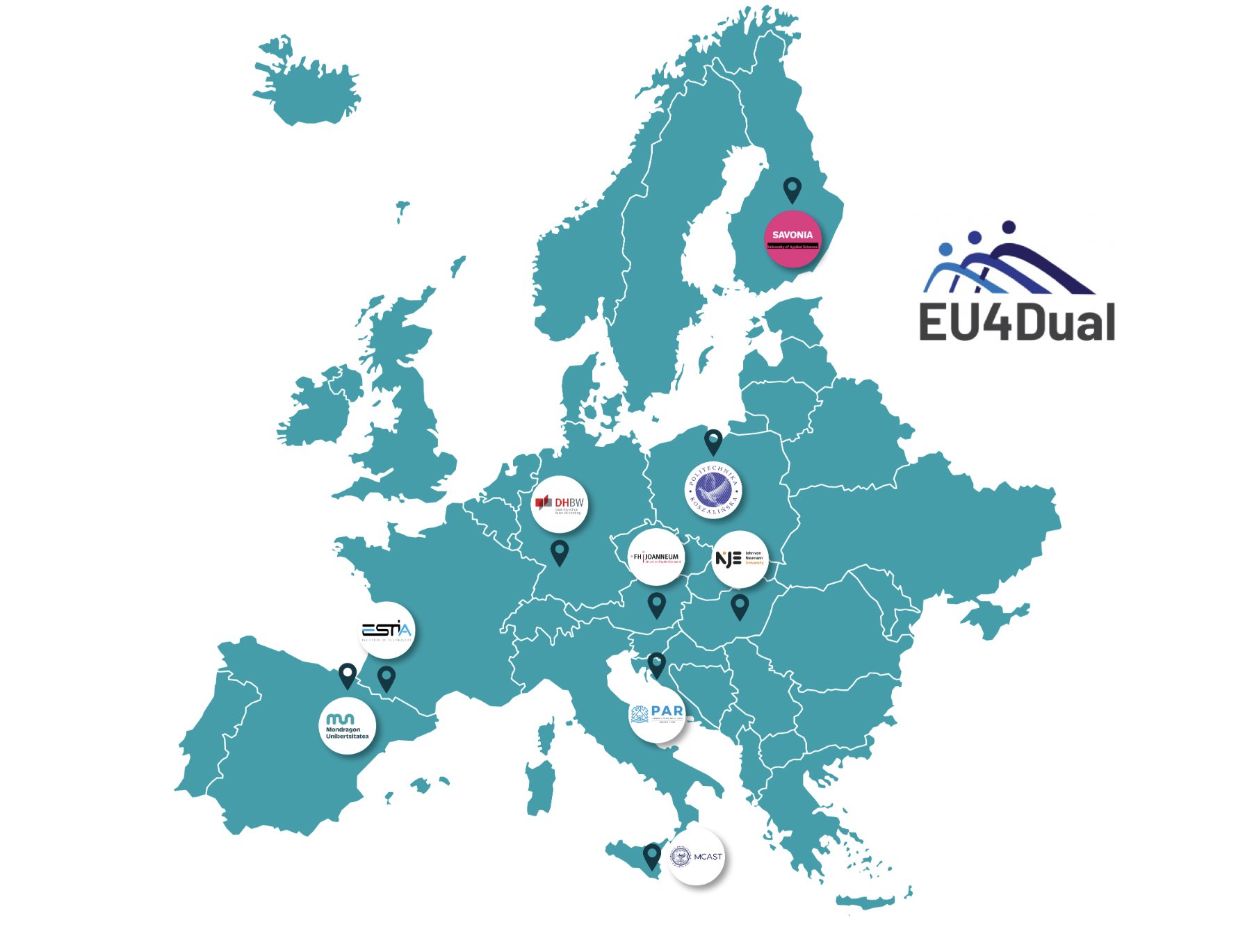The more popular the use of new technologies in the financial field becomes, the greater the importance we must give to the new cyber scams that emerge, even if it is sometimes difficult to keep up with all the terminology (often in English) that is going on emerging.
Last month, the Bank of Spain warned of the danger of what is known as ‘bluesnarfing’, based on the exploitation of vulnerabilities in Bluetooth technology to access the victim’s device and steal the banking and personal data stored therein.
The term ‘bluesnarfing’ is derived from “Bluetooth” and “snarf”, a colloquial term for taking something without permission. Unlike bluesniffing, which is limited to detecting nearby Bluetooth devices, bluesnarfing is an active attack that allows hackers to copy data such as contacts, messages, emails, and other sensitive files.
This type of attack requires a certain level of technical knowledge and specific tools, and usually occurs when the victim’s device is within 10-15 meters of the attacker. Vulnerable devices are often those that use weak passwords or outdated versions of Bluetooth.
The consequences of suffering a ‘bluesnarfing’ attack can be serious, as the theft of confidential information can result in identity theft or unauthorized transactions.
The Bank of Spain has issued alerts in which it has emphasized the risk of leaving Bluetooth activated: the ease and convenience of using Bluetooth, especially on Apple devices through the AirDrop App, can lead users to forget to deactivate this function , increasing the risk of attacks.
To protect against bluesnarfing, the user is recommended to:
- Keep device firmware updated to correct vulnerabilities.
- Set Bluetooth to “not visible” or “not discoverable” mode.
- Turn off Bluetooth when not in use.
- Avoid connections with unknown devices or networks.
- Use strong passwords (and change the default ones) on Bluetooth devices.













